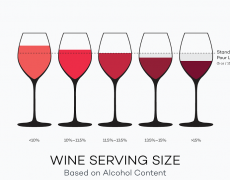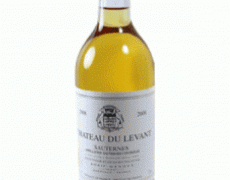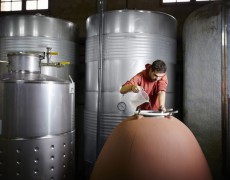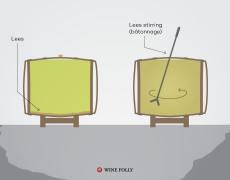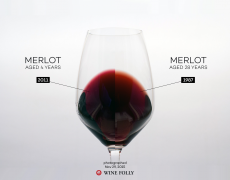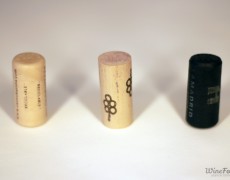
Diurnal range can be important for even ripening
Diurnal range is the difference between day and night temperatures in the vineyard; the gap between the hottest temperature and the coolest.
‘Diurnal temperature variation has major implications for wine quality, structure and balance,’ said Sarah Ahmed, regional chair for Portugal at the Decanter World Wine Awards (DWWA).
A large diurnal range can help grapes to ripen in a more balanced way. Warmer daytime temperatures help to foster sugar development, but cool nights can help to preserve aromas, freshness and acidity.
This is one reason why vineyards in hot climates may still produce fresh, aromatic wines.
‘World-class fortified winemaking regions, for example, like the Douro in Portugal or Rutherglen in Australia depend on it,’ said Ahmed.
Hot, dry daytime conditions during the growing season build the high sugars which underwrite their hedonistic styles.
Cold nights borne of a continental climate help vines to recover from the heat of the day and grapes to retain balancing acidity.
Cooler night conditions can be due to an inland location, or high elevation, such as in the Douro’s mountainous terroir.
‘For example, during March and April in Rutherglen, temperatures can range from five degrees centigrade at night to 35 degrees during the day,’ said Ahmed.

